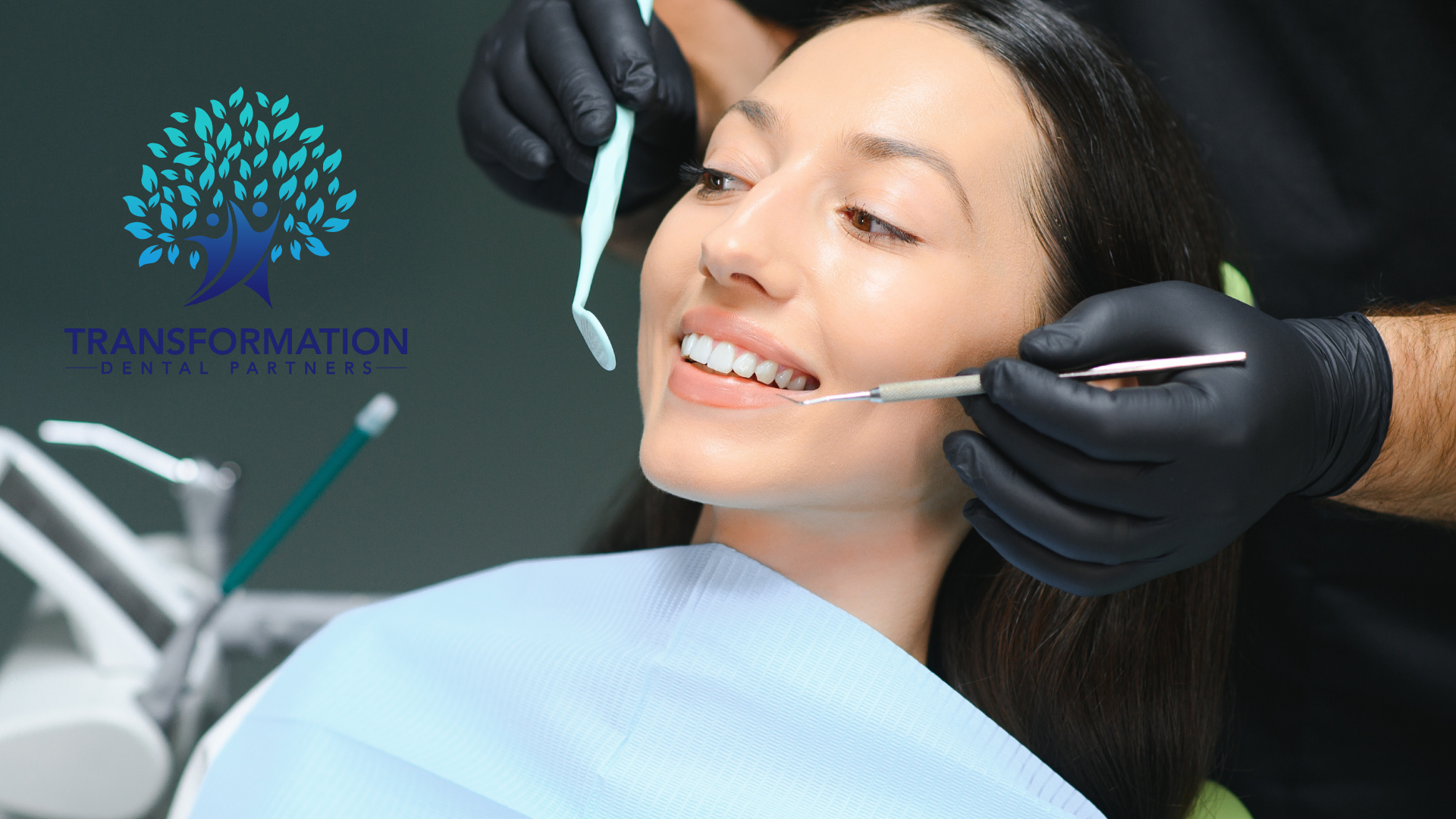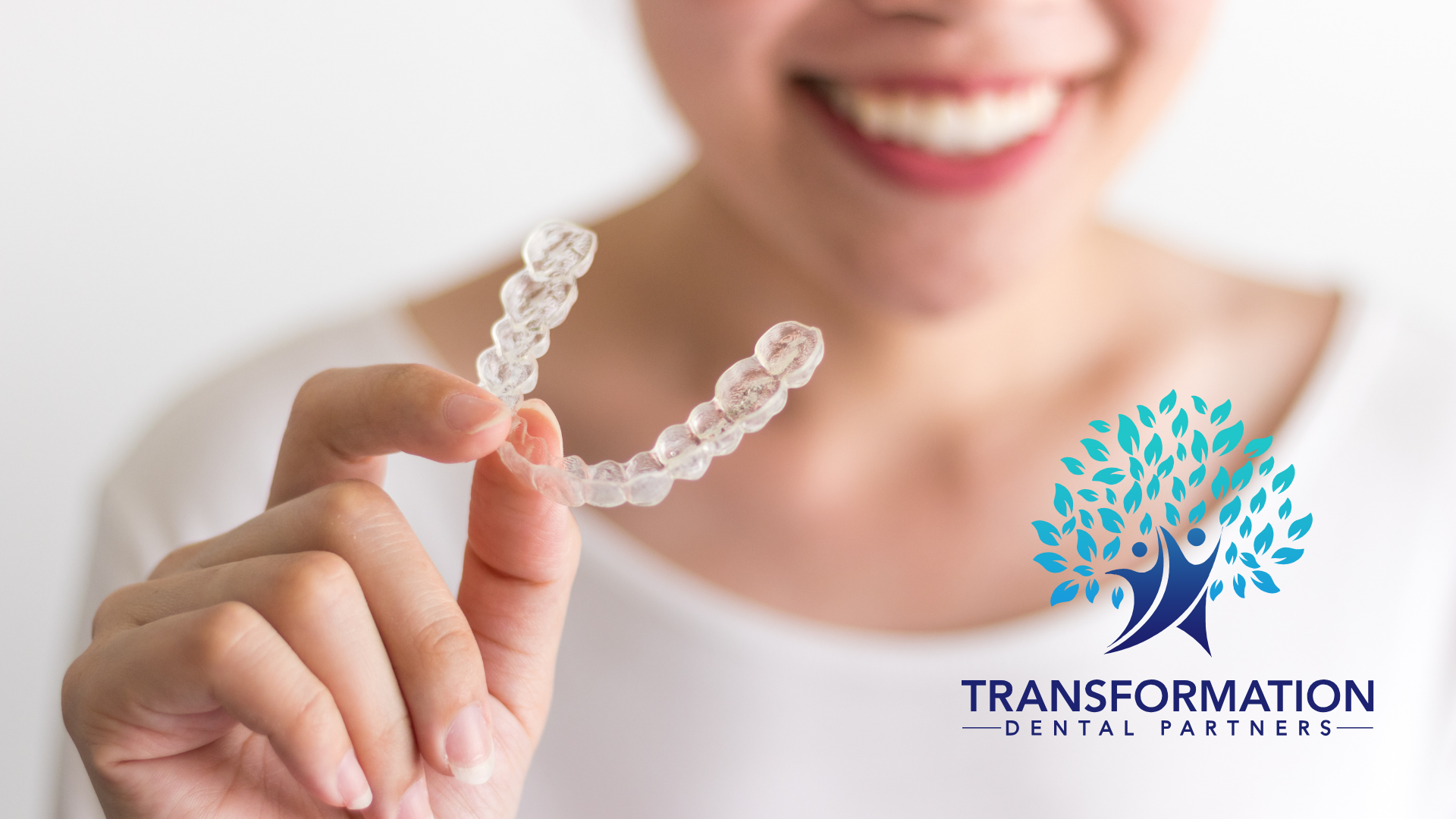Tooth Pain? Visit Transformation Dental Partners – Your Emergency Dentist in Tustin
Tooth pain can disrupt your day, interfere with meals, and even keep you up at night. Whether it's a dull ache, sharp sting, or swelling that won’t go away, dental pain is often your body’s way of signaling a deeper problem. At Transformation Dental Partners , your trusted emergency dentist in Tustin , we take urgent dental concerns seriously and provide immediate, expert care to relieve pain and prevent further complications.
If you’re experiencing a dental emergency, don’t wait. Early intervention not only eases your discomfort—it can save your tooth and reduce the need for extensive treatments later on.
Understanding Dental Emergencies: What Counts as Urgent?
Not all dental issues require immediate attention, but certain symptoms should never be ignored. You may need to see an emergency dentist in Tustin if you experience:
- Severe or persistent toothache
- Chipped, cracked, or broken teeth
- Knocked-out tooth
- Swelling in the mouth or face
- Bleeding that won’t stop
- Loose or dislodged dental fillings or crowns
- Infection or abscess
These symptoms could indicate underlying conditions such as advanced decay, injury, gum infection, or nerve involvement. Our team at Transformation Dental is trained to diagnose and treat these situations with speed and precision, helping you get back to a pain-free life.
Why Immediate Treatment Matters
When a dental emergency strikes, time is critical. For example:
- A
knocked-out tooth can often be saved if treated within 30–60 minutes.
- Infections left untreated can spread to other parts of the body, causing serious health risks.
- A
cracked tooth may worsen quickly, turning a repairable situation into a need for extraction.
By visiting a dentist in Tustin as soon as you notice pain or trauma, you increase the chances of successful treatment, avoid worsening damage, and minimize future dental costs.
Common Causes of Tooth Pain and How We Can Help
Tooth pain can stem from a variety of sources. Understanding the root cause allows us to offer the most effective treatment. Here are the most common causes we treat at Transformation Dental Partners :
1. Tooth Decay
Cavities, especially when left untreated, can lead to sensitivity, throbbing pain, and infection. If decay reaches the tooth’s nerve, a root canal may be necessary.
Solution
: Our team provides emergency exams, digital X-rays, and immediate restorative care such as fillings or root canals when needed.
2. Dental Abscess
An abscess is a pocket of pus caused by a bacterial infection. It often results in throbbing pain, swelling, fever, and a bad taste in the mouth.
Solution
: We drain the abscess, treat the infection, and preserve the affected tooth when possible. Antibiotics may also be prescribed.
3. Cracked or Fractured Teeth
Injuries from sports, accidents, or biting into hard foods can cause cracks that expose the inner tooth structures.
Solution
: Depending on the severity, treatment may include bonding, crowns, or root canal therapy.
4. Gum Disease
Gingivitis and periodontitis can cause red, swollen gums, and discomfort that feels like tooth pain.
Solution
: Emergency periodontal care may involve deep cleaning (scaling and root planing), antibiotics, or follow-up therapy.
5. Impacted Wisdom Teeth
Wisdom teeth that don’t erupt properly can push against neighboring teeth or become infected.
Solution
: If causing pain or infection, we may recommend emergency extraction.
6. Lost Fillings or Crowns
When a restoration falls out, it exposes the sensitive inner tooth and can lead to pain or reinfection.
Solution
: We offer same-day or next-day replacement options to protect the tooth and relieve sensitivity.
What to Expect During Your Emergency Visit
When you arrive at our Tustin dental office , your comfort and care are our highest priorities. Here’s what you can expect:
Step 1: Immediate Triage
Our front desk team will assess the urgency of your situation and get you seen as quickly as possible.
Step 2: Diagnostic Exam
We use advanced digital imaging and comprehensive evaluation techniques to identify the root cause of your discomfort.
Step 3: Pain Relief
We’ll prioritize reducing your pain with local anesthesia, anti-inflammatories, or antibiotics if needed.
Step 4: Treatment Planning
Once the immediate issue is stabilized, we’ll recommend the next steps—whether that’s a filling, root canal, extraction, or follow-up appointment.
Step 5: Preventive Guidance
Our team will provide tips for at-home care and guidance to prevent future emergencies.
Why Choose Transformation Dental Partners for Emergency Dental Care?
When you’re in pain, you need more than just fast care—you need trusted, compassionate professionals who will treat you like family. Here’s what makes us Tustin’s choice for emergency dentistry:
- Same-Day Appointments Available
- Digital X-Rays and Advanced Diagnostic Tools
- Compassionate, Gentle Approach to Care
- Comfortable Office Environment
- Experienced Team of General and Cosmetic Dentists
We serve adults, teens, and children experiencing urgent dental concerns and will go out of our way to provide comfort and clarity during stressful moments.
Tips for Managing Dental Pain at Home (Until You Can Visit Us)
While professional treatment is essential, there are a few things you can do at home to reduce pain before your appointment:
- Rinse your mouth with warm salt water to reduce swelling.
- Use cold compresses on the outside of your cheek for inflammation.
- Take over-the-counter pain relievers like ibuprofen (as directed).
- Avoid chewing on the painful side or eating very hot/cold foods.
- Do not apply aspirin directly to the gums , as this can cause burns.
These steps are temporary measures and should not replace a visit to a licensed dentist in Tustin.
Don’t Wait—Relief Starts Now
If you’re suffering from sudden tooth pain or another dental emergency, Transformation Dental Partners is here to help. We offer fast, effective solutions tailored to your unique dental needs. As a trusted emergency dentist in Tustin , we believe no one should have to wait in pain.
Call us today to schedule your emergency appointment or walk into our conveniently located office. We’re ready to restore your comfort and protect your smile.
Disclaimer: This blog is for informational purposes only and does not replace professional dental advice. If you are experiencing a dental emergency, contact a licensed dentist immediately.




